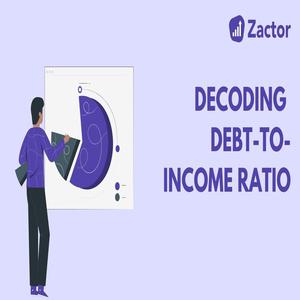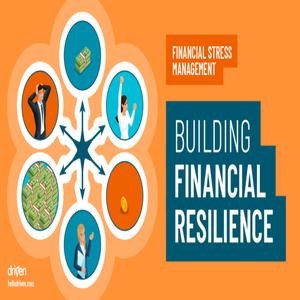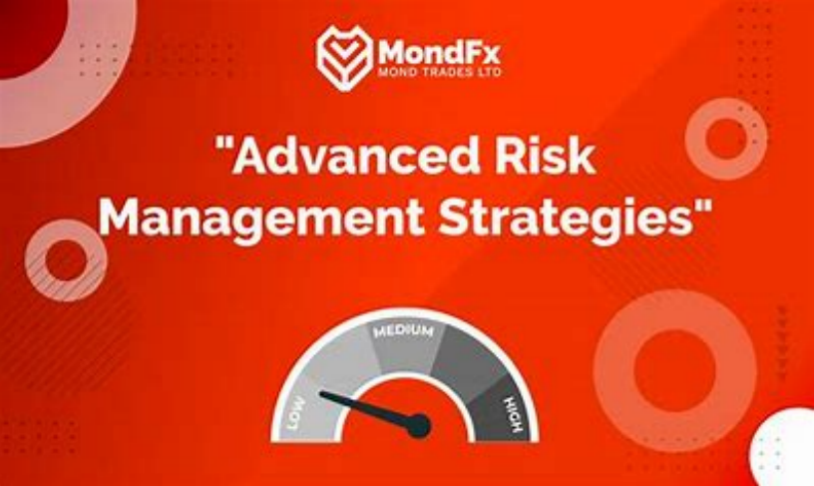For people who have significant buying power, it is important to keep a strong financial situation. Although having debt can be a normal part of life, knowing when it shifts from being a useful resource to a possible problem is essential. Rather than only following common advice, let's examine the complex area of debt ratios and financial health measures designed for those with high incomes.

Beyond the One - Size - Fits - All Threshold
The frequently mentioned 36% debt-to-income ratio as a red flag doesn’t adequately reflect the intricate financial situations of wealthy individuals. Those who spend a lot often have multiple income sources, valuable assets, and distinct spending habits. For example, real estate investors may have substantial mortgage debts; however, if their income from rentals and property value increases exceed their debt repayments, what appears to be a high debt ratio can actually be manageable.

A better measure for this demographic is the "net-worth-adjusted debt ratio." This calculation considers not only their income but also the total worth of their assets, like investments, luxury real estate, and collectibles, while deducting all liabilities. A negative net-worth-adjusted debt ratio—where assets significantly outnumber debts—can reveal a strong financial status, despite a relatively elevated debt-to-income ratio.
The Hidden Dangers of Lifestyle - Driven Debt
People who earn a lot of money often find themselves in trouble due to lifestyle-related debt, which can gradually harm their financial stability. While buying luxury cars, paying for private schools, or going on expensive vacations may appear manageable at first, using credit for these expenses can lead to a risky cycle of accumulating debt. A useful measure called the "discretionary debt-to-income ratio" shows how much of one's income goes toward non-essential purchases made on credit. If this ratio is over 20%, it signals that spending on lifestyle choices is too high compared to what can be repaid on time.
Additionally, those with significant wealth may spend on "prestige items" to uphold their social image. Buying expensive watches, designer outfits, or elite memberships through credit can turn into a serious financial issue if not handled properly. It’s crucial to keep track of how much these types of debt contribute to overall finances to ensure good financial health.
The Role of Liquidity in Debt Assessment
When assessing financial health, liquidity plays an essential role that is often neglected. Individuals with high incomes may show considerable assets on their balance sheets, but if these assets are not easily convertible to cash—like those tied up in real estate or long-term business investments—they may struggle to meet their debt obligations during economic downturns. The "liquidity-to-debt ratio" measures the availability of cash or easily liquidated assets against total debts. If this ratio is below 1:1, it suggests difficulties in covering immediate debt payments, even if the debt-to-income ratio seems acceptable.Another important factor is the "debt maturity profile." Wealthy individuals need to evaluate whether their repayment schedules are suitably arranged. If a significant amount of debt is short-term and carries high interest rates, it can quickly turn into a financial burden, regardless of the total debt amount.
Tailored Strategies for Financial Resilience
For consumers who spend heavily, ensuring good financial health involves a tailored strategy. One effective method is to broaden the sources of debt. Looking beyond just traditional bank loans to options like private lenders, peer-to-peer financing, or even loans from family members can lead to more adaptable terms and possibly lower interest rates.

Another key practice is to conduct stress tests on financial situations. High earners should try to predict how their finances would handle sudden income loss, market declines, or unexpected bills to evaluate the stability of their debt. This forward-thinking method helps highlight vulnerabilities in their financial setup and allows for planning in advance.
In summary, figuring out when debt becomes a problem is quite complex and not just based on a simple percentage. For those with significant spending power, it’s crucial to understand debt ratios adjusted for net worth, keep an eye on debt from lifestyle choices, evaluate cash flow, and use personalized strategies to stay financially healthy. By managing their debt thoughtfully, high earners can protect their financial future and make the most of their wealth without taking on needless risks.

P2P Investing: Unveiling Risks & Rewards

Homeownership Vs. Renting

Side Hustles vs. Investments: Income Boosters

The Psychology of Market Peaks: Why Investors Keep Buying High

Mindset Gaps: Ordinary vs. Affluent

Retail investors rush into the fire? Who will have the last laugh in this brave game of the stock ma

Investing During Inflation
